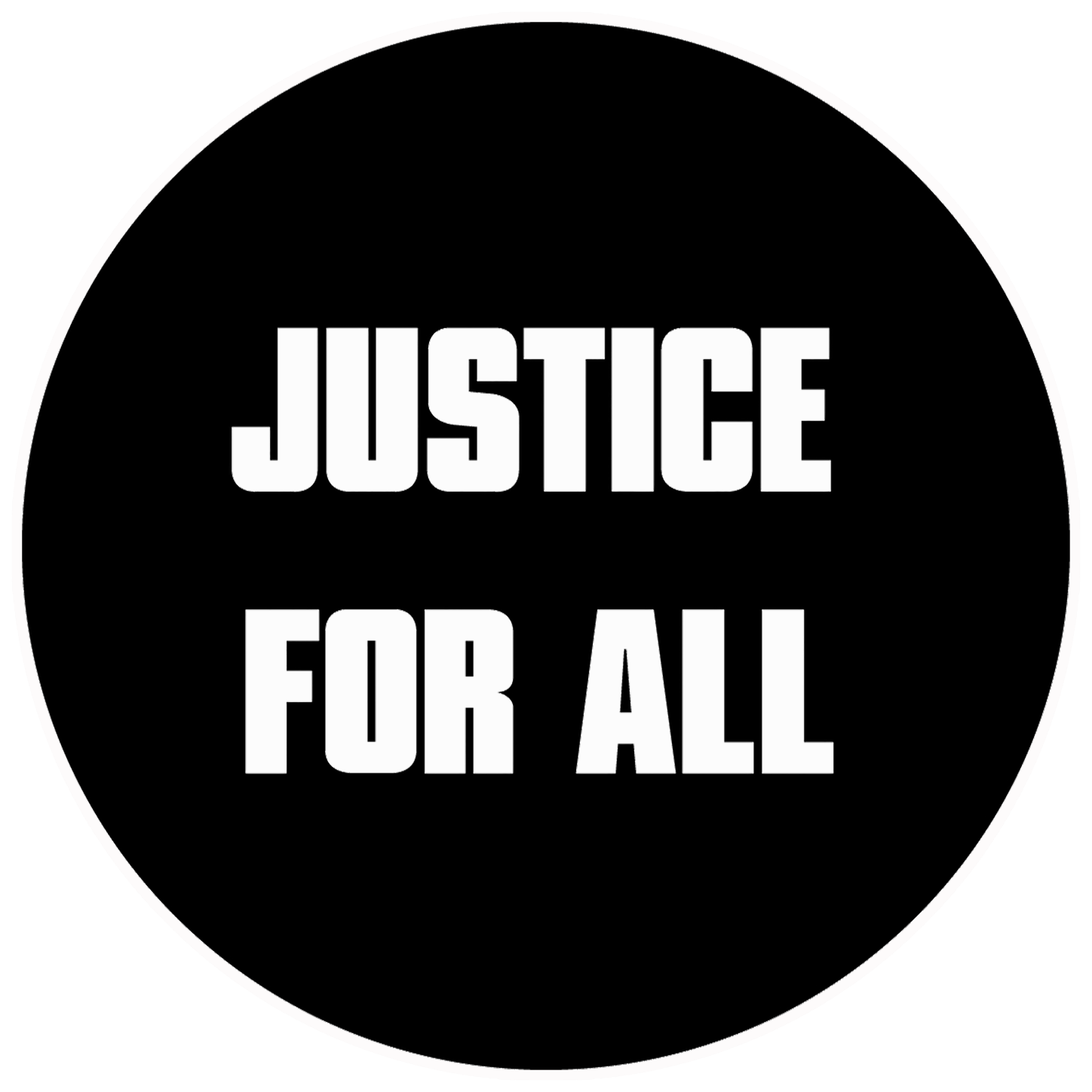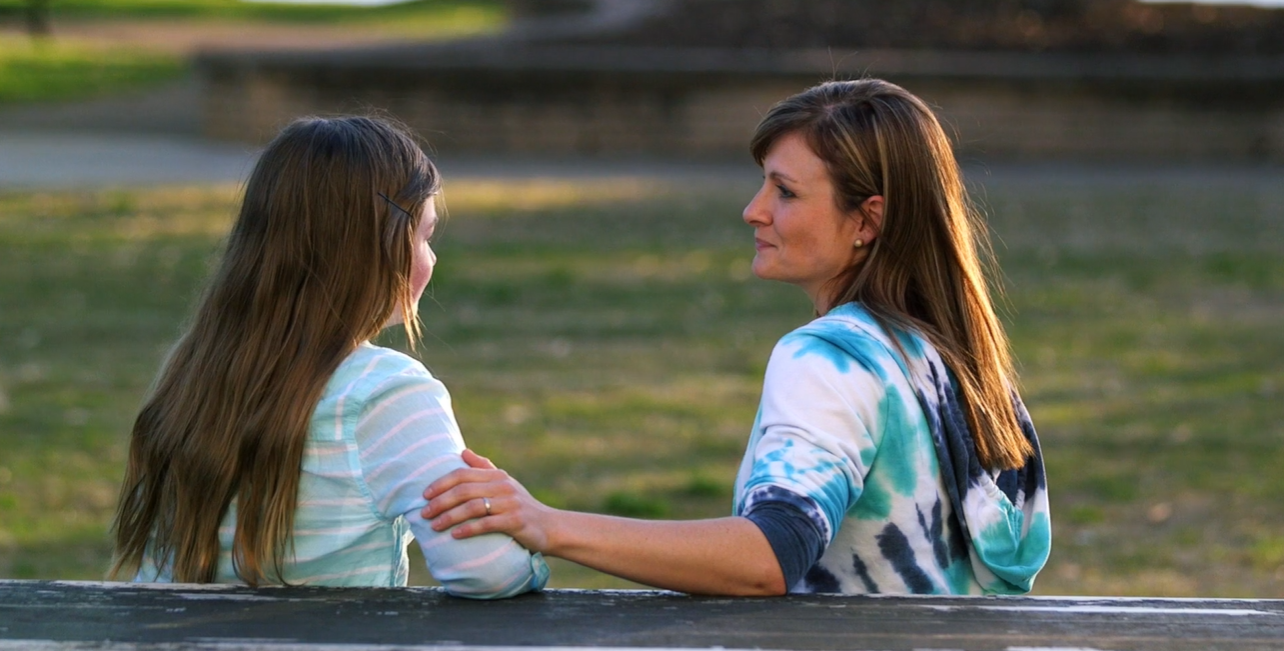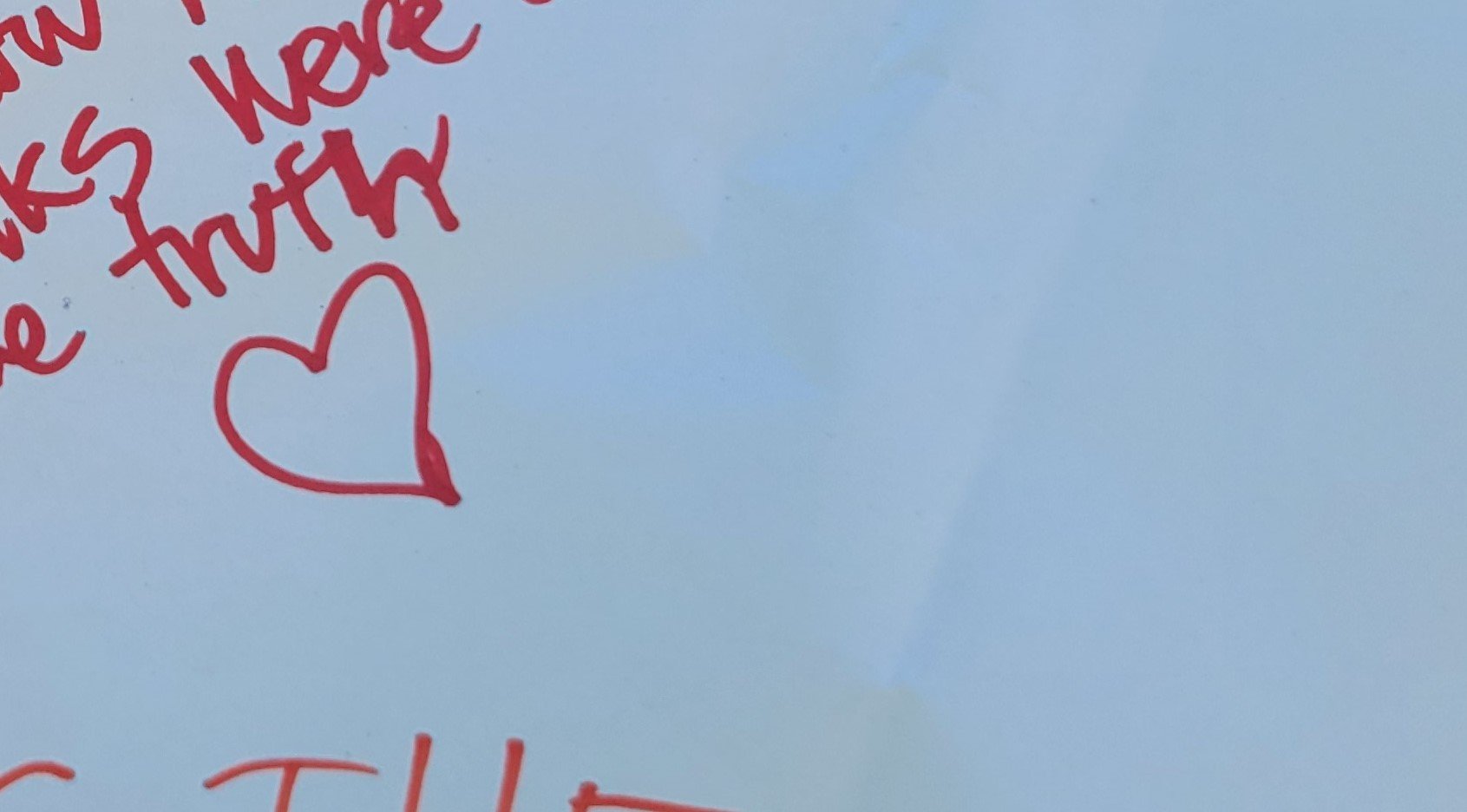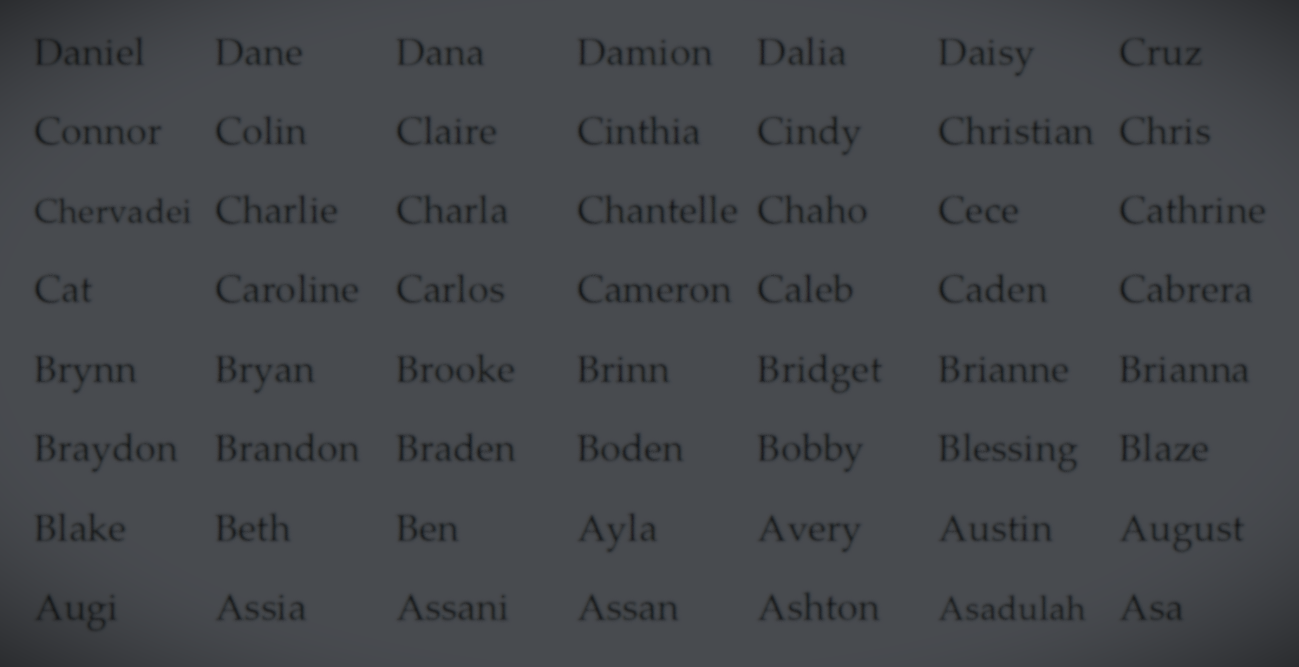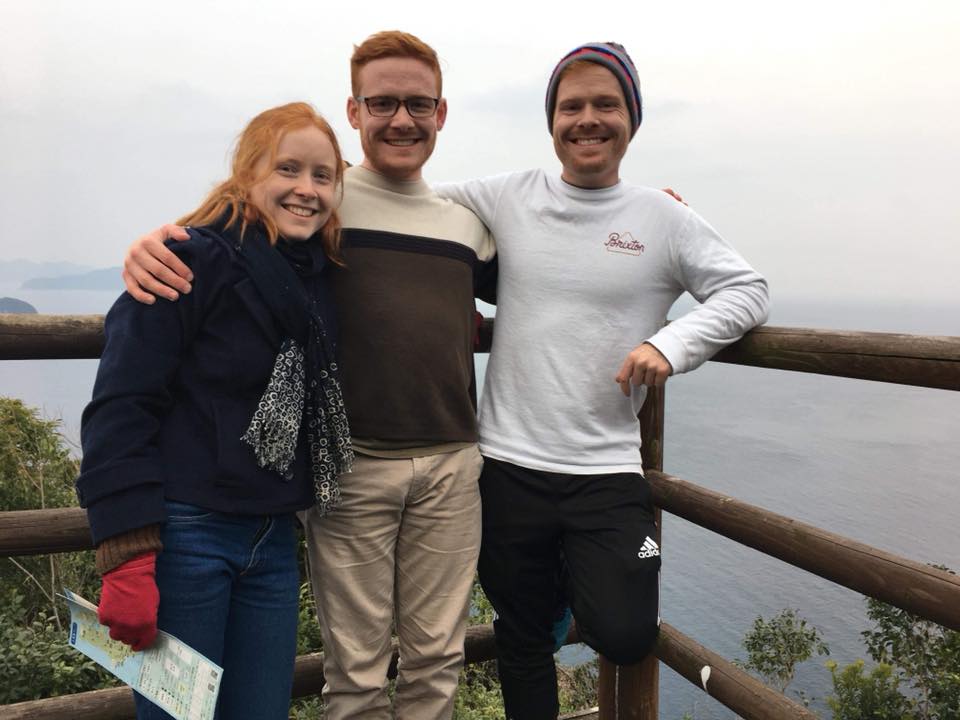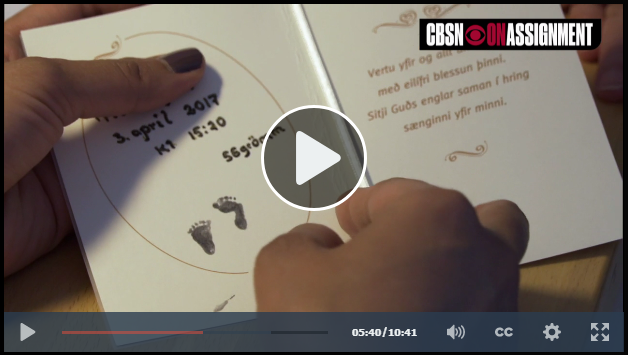Impact Report, March 2018
By Joanna Bai, Training Specialist
Last October, I received an email from a college student named Ann:
...I chose the topic of abortion in Japan for my senior thesis and plan to research the various views on the topic among students and faculty at my school. I then hope to...encourage discussion among students.
“From conversations with a few friends I was surprised at the number of people who accept abortion as an option, especially during the early stages. If I remember correctly, I heard you were a part of the pro-life club at Wheaton. I realize it will be a bit different here, but I am curious...what approaches you took in your activities on campus.”
Ann (left), pictured along with her brothers, Luke and Benjamin
Ann and I grew up attending church together in Santa Margarita, a rural town near the Central Coast of California. I graduated from Wheaton College, a Christian college in Illinois, and she is currently finishing her senior year at Tokyo Christian University in Japan. As a high school student in 2014, Ann had attended a short JFA workshop that I gave at our home church. Following that workshop, she drove over two hours to attend a full-length JFA training seminar and a JFA outreach event which had been arranged through Right to Life of Central California. Years went by before I heard much more from Ann. Then I received her email.
It was true that I had led the Wheaton College pro-life club during the 2010-11 school year. I emphasized to Ann how much I wish, in retrospect, that I had had more courage to actively create outreach opportunities to engage fellow students on my campus. It’s often assumed at a Christian school that most people basically agree about abortion. Like Ann, however, when I did have interactions with Christian friends, I found a diversity of views. Many of my Christian peers did not know when to mark the beginning of human life, were comfortable with first-trimester abortion, supported abortion in the case of rape, or did not think their private views on abortion had a place in public policy. While at Wheaton, I had focused on speaking events and small group dialogue practice among club members, but never organized any outreach events to engage people in the broader community about their views.
Ann decided to learn from my omission and engaged her campus in dialogue.
Not only did Ann survey a total of 99 students, faculty, and staff members (more than one-third of Tokyo Christian University) about their specific views on abortion, she also researched the history of abortion in Japan, wrote a research paper, gave a speech on the topic to her speech class, and followed up with 23 of the people she had surveyed. She also organized a JFA workshop for her campus community, and she asked me to lead the workshop via video conference. She even planned a JFA-style outreach event on her campus for the day following the workshop. In a country where abortion is generally accepted and rarely discussed openly, Ann was using the JFA training she had received years before to spark much-needed conversation among Christians who can make a difference.
JFA trainer Joanna Bai (left, on screen) led the JFA workshop at Tokyo Christian University for 19 participants (not all in view).
I thoroughly enjoyed interacting with Ann throughout this process. She asked me for feedback as she prepared and planned, and she also asked me for prayer along the way. Her passion to reach her Christian peers re-ignited the similar passion I felt in college, and it was an honor to support her by leading the workshop event for her.
The three-hour workshop we planned together took place last month. It was translated by a professor on campus because many attendees were not fluent in English. A total of 19 students, faculty, and staff members attended, hailing from Japan, America, Nepal, the Philippines, Indonesia, Uganda, and Canada. I first shared about the inhumanity of abortion, and, with a warning, showed images of the results of abortion. I emphasized the need to share the graphic truth about abortion because I knew that many in Japan have probably never seen graphic abortion images before; additionally, because Ann had interviewed a large portion of her community, I knew that many of the participants were likely on the fence about abortion in certain cases. Because several of those interviewed had mentioned rape as a case in which abortion may be acceptable, I also took time later in the workshop to address that circumstance in particular. Participants were even able to go through practice dialogue activities in pairs, thanks to the efforts of several people Ann had recruited for translation. Finally, I ended the workshop by emphasizing our Christian duty to “rescue those who are being taken away to death,” rather than remaining silent in the face of such injustice (Proverbs 24:11-12).
I was encouraged by the participants’ interest in the topic. One professor wrote on her comment card:
“This was my first time attending a training that addresses abortion in particular, so it was a good opportunity. Humans developing from the inside, unlike the parts of a car [being put together piece by piece from the outside]. I thought this is very important in thinking about life.” (See our “Extending Your Learning - Biology” page for more on this topic.)
Ann wrote to the JFA team to tell us about the outreach event she had held the day after the workshop. None of the participants ended up joining Ann for the outreach, but Ann decided to be an active example to her peers anyway. She started conversations with fellow students by herself, alongside her handmade JFA-style display showing images of the unborn at different stages before and after abortion. One of her conversations was with a student who had participated in the workshop. He said that during his time in America, he had heard politicians promoting the pro-choice position. Then he said, “Before the training yesterday I had always thought pro-choice was a good thing.” The workshop had opened his eyes to look past pro-choice rhetoric and take a hard look at the inhumanity of abortion. (Ann had another fascinating interaction about the word “human” in Japanese. Read about it in the blog post “Are We Talking about the Same Thing?”)
I was amazed at what Ann was able to accomplish through her project. Ann’s willingness to go to such lengths to raise the topic of abortion with her peers in Japan reminded me that every event we put on here in the States – every presentation, workshop, seminar, and outreach event – has the potential to spark an interest in someone like Ann, someone who can take that passion with her to places where JFA will never step foot.
This is how JFA’s work is designed. Our team is not here to take on the huge task of changing public opinion on our own. We are here to equip Ann, and to equip you, to become a different kind of advocate, having a different kind of conversation, with people we will never meet. Only together, and only with God’s help, can we create a different kind of world for the smallest humans among us.
Ann’s experience with her Christian peers was similar to mine, and, we think, similar to the state of affairs in many Christian colleges, churches, schools, and ministries. When we ask people within our Christian communities specific questions about what they believe on abortion, we find that they often hold pro-choice views. We are here to equip you, like Ann, to reach your community. You don’t necessarily need to go to a secular campus or have many non-Christian friends in order to make a difference. If you are wondering with whom you could possibly create a conversation about abortion, I have one simple suggestion: perhaps your church pew is the best place to start.
